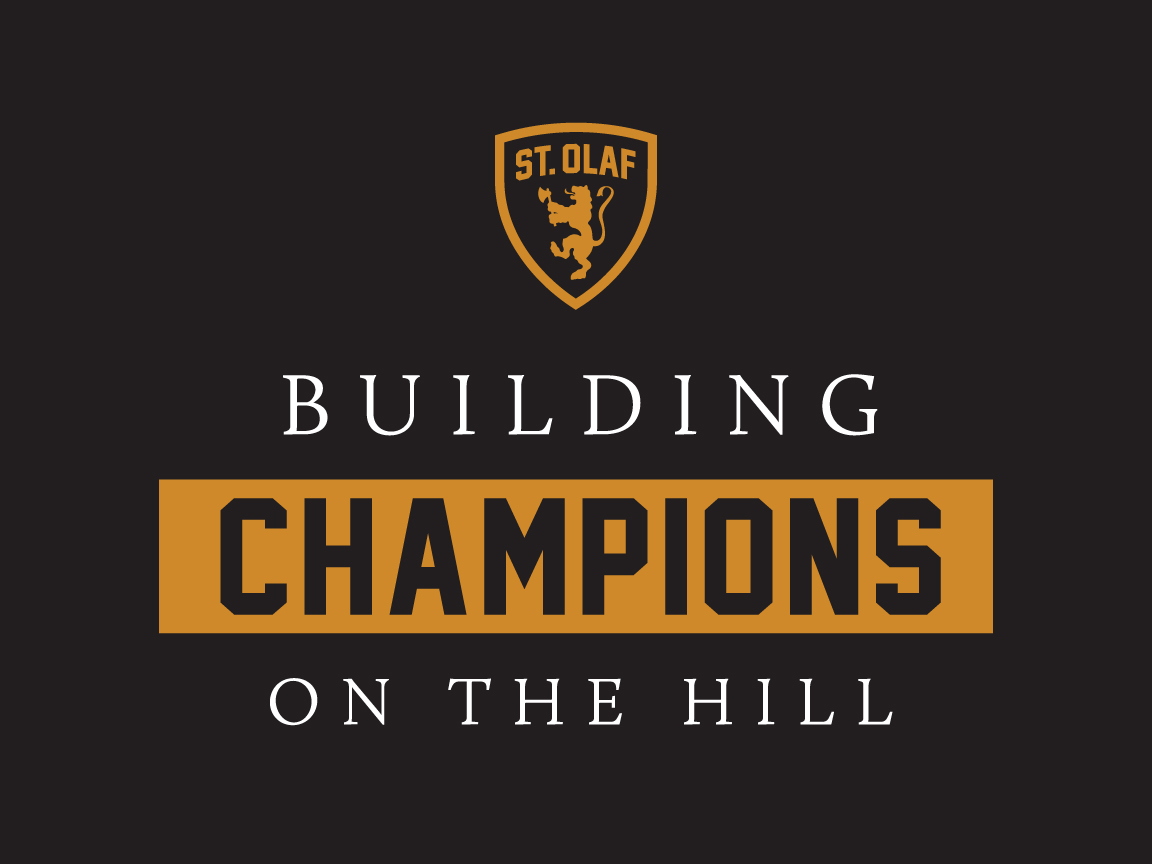Defying its modest rankings in coaches’ preseason polls, St. Olaf men’s basketball has managed to surpass expectations, being selected to the NCAA tournament on Monday for the fourth time in five seasons. While players, coaches and fans alike are all abuzz with excitement over the news, for veteran Ben Scheffley ’19, the opportunity acts as a culmination of tenacity in the face of long-term adversity.
Two weeks after posting a career high 13 points against Augsburg in his sophomore season, Scheffley went down with a dislocated patella against Hamline on Jan. 30, bringing his momentum to an abrupt and frustrating halt. This began a long healing process that would sideline him for seven agonizing months of surgery and rehabilitation.

“[The injury] was just halfway through the MIAC season,” Scheffley said. “I had done it before a few times in high school, so I knew exactly what had happened. I was just upset when it happened, and I wasn’t sure if I was going to be able to play again for the rest of the season. At the time I didn’t know if I was going to need surgery or not, but I was more upset about that.”
Though no stranger to knee injuries in the past, this one proved particularly frustrating for Scheffley. Despite working his hardest to overcome the setback without surgery as he had been able to do in the past, he quickly learned that this time, an operation would be mandatory to restore the patella. Against his greatest wishes, Scheffley wouldn’t be joining the team for any potential playoff run in 2017, forced to wrestle with a stubborn knee for the following summer.
“I had done it [dislocated the patella] previously three times in high school, and I had just rehabbed back from it without surgery,” Scheffley said. “I was actually trying to rehab for if we made the playoffs, I was hoping I’d be able to play in the playoffs, but there was just too much bone that had broken off and cartilage and stuff that the swelling just never went down. So I did end up getting surgery.”
“Therapy started pretty much right away. First is just trying to get the swelling down and get your range and mobility back up. From there it’s just working on strengthening it. It’s all stuff that I had done before, a lot of similar stuff that I had done rehabbing it even without the surgery. The working out isn’t too difficult, it’s just physical stuff, but I think the mental aspect of it is probably the hardest. Just getting back to trusting your leg.”
Gaining that trust back proved to be the most difficult challenge throughout the healing process, but Scheffley was able to find solace through literature. Investigating how professionals have dealt with similar setbacks in the past, both physically and emotionally, assisted tremendously in instilling a sense of motivation and positivity.
“I did a lot of reading on it,” Scheffley said. “I thought that really helped me a lot, just reading a lot of articles on athletes that had gone through the same surgery and how they’ve been successful with it afterwards, not having reinjured it or anything like that. Just trusting the process of doing the therapy, strengthening the muscles that need to be strengthened.”
Despite Scheffley’s hard mental and physical training, recovery took longer than expected and hoped for. Missing the remainder of the season was a hard enough initial pill to swallow, but accepting the reality that he wouldn’t immediately be able to return to practice the following semester just added to the frustration.
“I didn’t play at all last year, and then I was thinking that I was going to be able to be back pretty much right away this year when school started,” Scheffley said. “That wasn’t the case. I didn’t even actually start practice when we started practicing on Oct. 15.”
Still, once the team took to live competition once again, Scheffley had gained enough confidence and mobility in his repaired leg to briefly make his first appearance in a game in nearly seven months. It took some persuasion, but eventually head coach Dan Kosmoski decided to trust Scheffley’s instinct and give him a chance to play again. He was finally back on the court with the team he has grown to love.
“We had a scrimmage about a week after practice started up, at UMD. I talked coach into letting me play a little bit. He took some convincing, but he’d seen that I’d been working hard to get back and he knew I wanted to play. I was only out there for about five minutes, but even just in that five minutes it felt great just to be back on the floor.”
“You don’t really take much for granted anymore after missing the rest of the season,” Scheffley added.
Since coming back, Scheffley has made opportune use of his time on the court, averaging 13.8 minutes off the bench and appearing in every game. His 48 assists embody the team basketball that St. Olaf strives to achieve every game, providing a great source of depth that make deep playoff runs possible. After a season filled with adversity, Scheffley has made an inspiring comeback that symbolizes tremendous tenacity in the face of a dubious situation. Together with him, the Oles will look to extend their season this Friday in the Division III NCAA Tournament, a stage Scheffley has experienced before.
“We were there my freshman year two years ago, it was just a great experience to get to see teams from all over the nation, teams that you wouldn’t be able to see before,” Scheffley said. “You kind of have more of a spotlight on you, so that’s always super fun. We’re all super excited, we’re happy to be back on the court.”
PHOTO COURTESY OF ST. OLAF SPORTS




